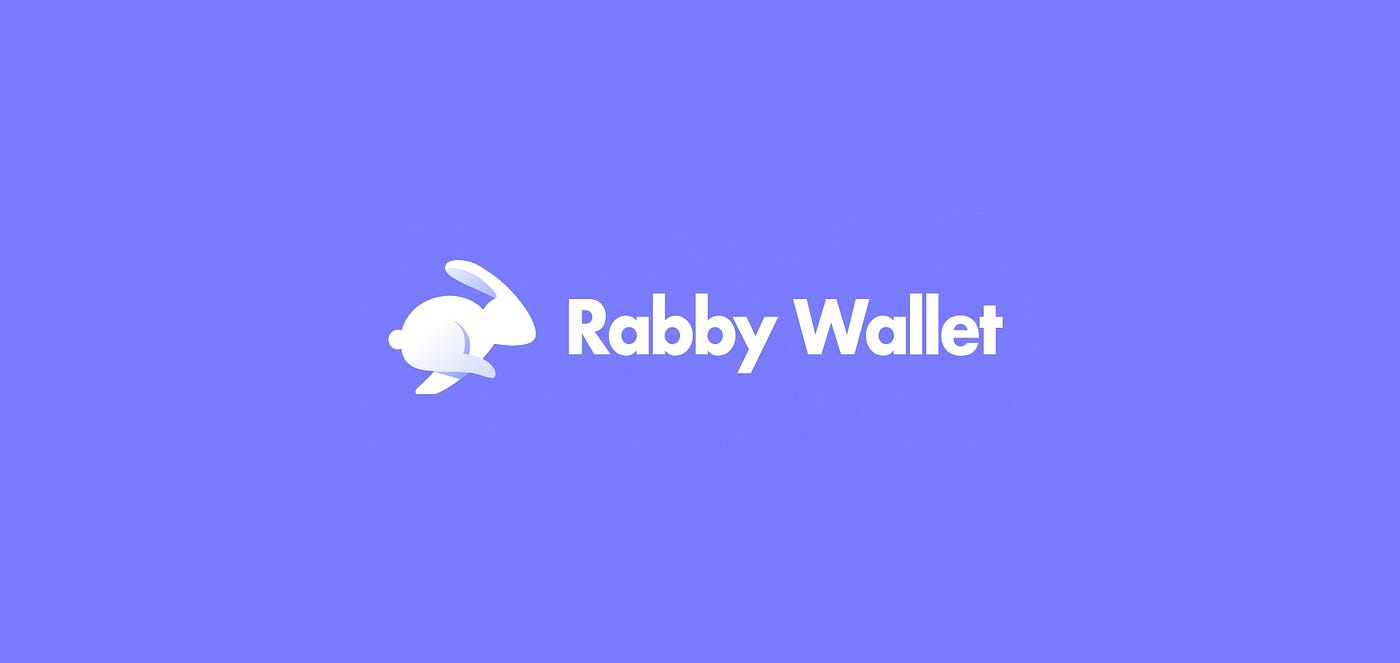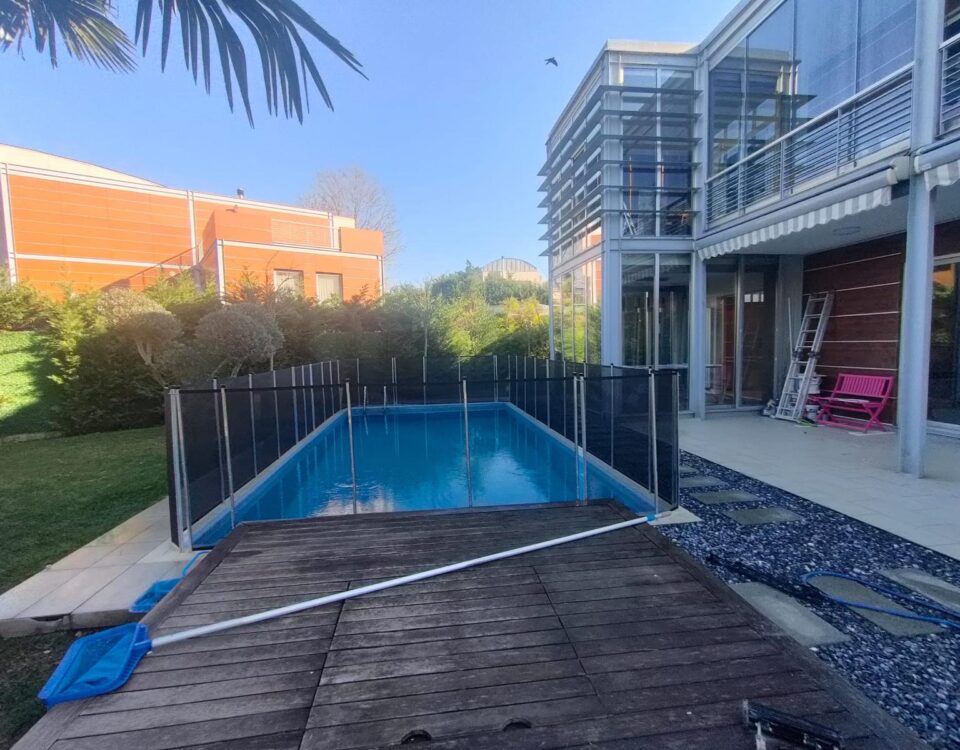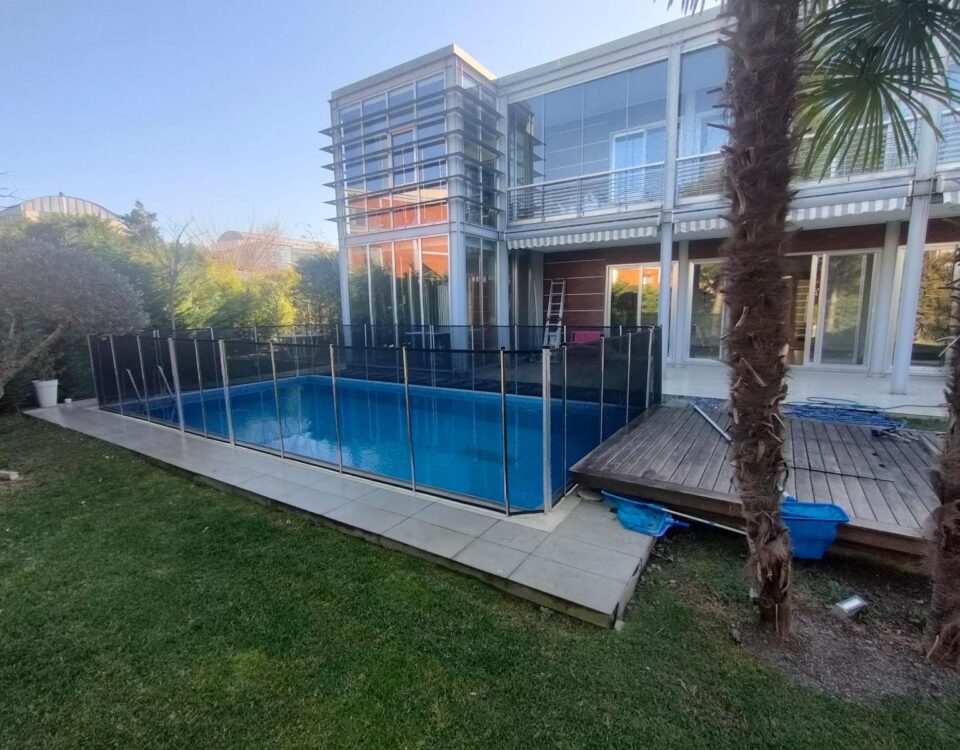Gas Optimization, Liquidity Mining, and Yield Farming: The Real Deal for DeFi Users
Gas Optimization, Liquidity Mining, and Yield Farming: The Real Deal for DeFi Users
Man, gas fees on Ethereum sometimes feel like highway robbery. Seriously? Just to move some tokens around feels like you’re burning cash faster than a weekend in Vegas. I get it—DeFi’s cool and all, but when your profits get choked by fees, it’s frustrating as hell. So I started digging deeper into gas optimization tricks, liquidity mining strategies, and yield farming nuances. The more I dove in, the more tangled it got. Hmm… is there even a one-size-fits-all answer?
Here’s the thing. Initially, I thought slashing gas fees was just about timing your transactions right—like sending when the network’s chill. But actually, wait—let me rephrase that… it’s way more complex. There’s this whole ecosystem of wallets, smart contract designs, and even multi-chain approaches that play into it. On one hand, you might save a few bucks by waiting, though actually, if your strategy’s off, you could miss yield opportunities and lose out overall. So yeah, gas optimization isn’t just about patience.
Check this out—some wallets, especially the newer breed designed for DeFi pros, embed smart gas-saving tech right into their core. I’ve been using rabby wallet for a bit, and it’s kinda amazing how it bundles these features without making you jump through hoops. Its multi-chain support means you can hop across Ethereum, BSC, Polygon, etc., without juggling multiple apps. That’s very very important for anyone seriously into yield farming.
Liquidity mining, though? Oh boy, that’s a beast. At first glance, it’s basically free money—you lock tokens into a pool, get rewarded. Wow! But the devil hides in the details, like impermanent loss and the gas spent entering and exiting positions. I remember throwing tokens into a pool thinking I’d just chill and watch rewards stack up. Nope! Fees ate a chunk, and price swings hit me harder than I expected. Something felt off about the shiny returns advertised everywhere.
It made me realize that optimizing yield farming isn’t just about picking the highest APY pool. It’s about balancing risk, fees, and timing your moves. Plus, the underlying blockchain matters—a lot. Chains with lower fees and faster confirmations reduce your overhead drastically. And that’s where multi-chain wallets like rabby wallet shine by letting you switch lanes smoothly.
Okay, so check this out—yield farming strategies can vary wildly. Some folks go deep into compounding rewards, reinvesting constantly to beat the market. Others prefer a more hands-off approach, staking and holding. I’m biased, but I like a hybrid style: automate what I can, but stay ready to pivot when the market shifts. Because yield farming isn’t a set-it-and-forget-it game. Nope, it demands attention, especially when gas fees spike unexpectedly.
Oh, and by the way, the recent surge in Layer 2 solutions has been a game changer. They promise to cut gas costs to a fraction, but integrating them isn’t always straightforward. Some DeFi protocols aren’t fully compatible yet, and bridging assets can introduce delays or risks. So while Layer 2 looks sexy on paper, the practical side still demands some patience and caution.
One surprising thing? The user experience of your wallet makes a huge difference. I’ve used wallets that feel clunky, making it harder to track gas estimates or manage multiple liquidity positions efficiently. It’s not just about raw features; it’s about how intuitively these tools fit into your workflow. That’s why I keep coming back to rabby wallet—it strikes a nice balance between power and usability.
By the way, something that bugs me is how many guides gloss over the actual cost of liquidity mining and yield farming. They pump APYs without factoring in how much you bleed on gas fees and slippage. Seriously, if you don’t crunch those numbers yourself, you might get an unpleasant surprise. It’s like seeing $1,000 in returns but forgetting you spent $200 on fees just to get in and out.
That leads me to a question I wrestle with: How much does optimizing gas really improve net yield? Is chasing the lowest fee window worth the time, or does it risk missing prime farming periods? My gut says a balanced approach wins here—use smart wallets to automate some gas savings while keeping an eye on market moves. Purely manual timing feels risky and exhausting.

Why Multi-Chain Support Matters More Than Ever
I gotta admit, jumping between Ethereum, Binance Smart Chain, and Polygon used to feel like juggling flaming swords. Each chain has its quirks, token bridges, and fee structures. But wallets like rabby wallet have really streamlined this. You can manage assets across chains in one place, which cuts down mistakes and saves time.
This cross-chain flexibility doesn’t just reduce hassle. It opens up fresh yield farming spots that might not exist on your primary chain. Plus, some chains are just way cheaper for testing new strategies or smaller bets. It’s like having multiple tracks to race on instead of being stuck on a single crowded highway.
Still, the multi-chain game isn’t without pitfalls. Bridges can be slow or vulnerable. Some protocols lag in Layer 2 adoption. So even with the best wallets, you gotta stay sharp and not get too comfortable. The DeFi landscape evolves fast, and yesterday’s best yield farm can become today’s gas trap.
Here’s the thing—while I’m pretty sold on multi-chain wallets and gas optimization tech, I’m not 100% sure how the next big innovations will reshape the scene. Will Layer 3s or zk-rollups finally make gas fees negligible? Or will new DeFi models bypass traditional liquidity mining altogether? It’s an exciting time but also a bit wild west-y.
Anyway, if you’re diving into DeFi seriously, I suggest getting familiar with tools that combine security, multi-chain access, and gas optimization. Like the rabby wallet, which I’ve found pretty solid. It’s not a magic bullet, but it sure makes the complex stuff more manageable.
Common Questions About Gas Optimization and Yield Farming
Is it worth timing gas fees or just pay and go?
Good question. If you’re making small trades or farming low-value pools, timing gas can save you a lot. But for larger moves, sometimes paying a bit more to get in quickly beats missing out on rewards. It’s a balance.
How does impermanent loss affect liquidity mining profits?
Impermanent loss can erode your gains if the token prices swing wildly. Basically, your locked tokens might be worth less compared to just holding them. Understanding this risk is crucial before jumping into any pool.
Are multi-chain wallets safe?
They can be, but it depends on the wallet’s security model. Look for open-source projects with good reputations and active development. For example, rabby wallet emphasizes security alongside usability.






